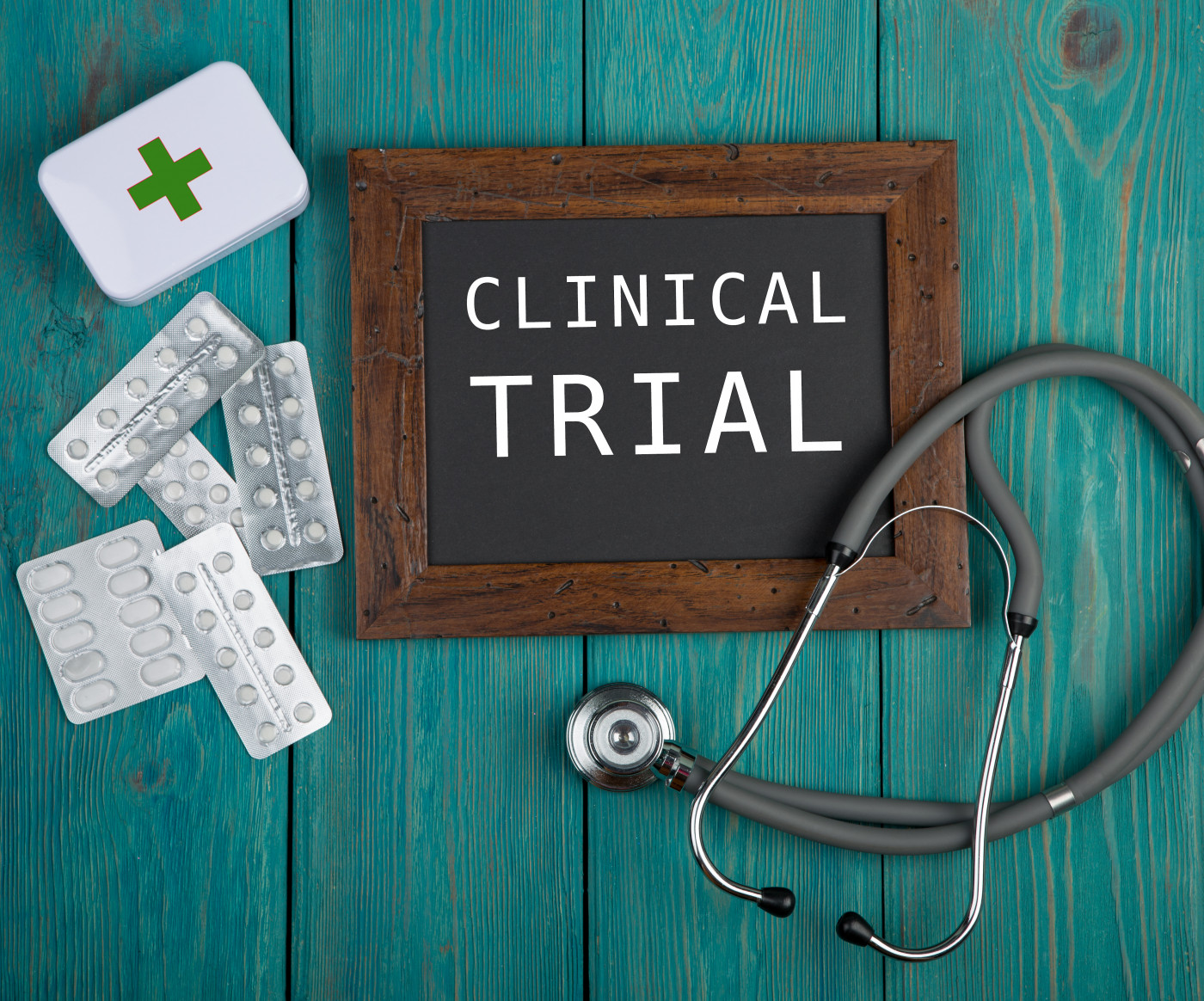1st CRISPR Gene Editing Trial Slated to Open in Severe SCD Patients
Written by |

The U.S. Food and Drug Administration approved the start of a first clinical trial of CRISPR_SCD001, the first non-viral and CRISPR/Cas9-based gene editing therapy for sickle cell disease (SCD).
Both the therapy and the upcoming Phase 1/2 trial — planned to start this summer — are the result of a collaboration between the Innovative Genomics Institute (IGI) and the University of California (UC), Los Angeles (UCLA).
IGI, a joint research initiative between UC Berkeley and UC San Francisco (UCSF), was founded by Berkeley’s Jennifer Doudna, PhD. Doudna, along with Emmanuelle Charpentier of France, was awarded the 2020 Nobel Prize in Chemistry for groundbreaking work on the CRISPR-Cas9 gene editing tool.
Similar to the editing system used by bacteria as a defense mechanism, CRISPR-Cas9 allows researchers to edit parts of the genome by adding, removing, or changing specific sections of DNA.
“We are motivated to work towards a cure that can be accessible and affordable to patients worldwide,” Doudna said in a press release.
“The launch of this trial is an essential first step on that path,” added Doudna, who first approached the team at UCSF Benioff Children’s Hospital Oakland with the idea of developing a CRISPR/Cas9-based cure for SCD in 2014.
CRISPR_SCD001 uses the power of the CRISPR-Cas9 gene editing system to replace the mutated HBB gene in a patient’s hematopoietic stem cells with a healthy version. The HBB gene, whose mutation cause SCD, provides the instructions to produce the beta subunit of hemoglobin, a protein found in red blood cells that transports oxygen.
These stem cells, which can give rise to all types of blood cells, are collected from a patient’s bone marrow, genetically modified in the lab with the innovative tool, and then returned to the patient in the form of a stem cell transplant.
By restoring production of normal hemoglobin and preventing red blood cells from becoming damaged and acquiring a sickle shape, the therapy is expected to be a potential cure for SCD.
Mark Walters, MD, the trial’s principal investigator and a professor of pediatrics at UCSF, said “the goal of this form of genome-editing therapy is to correct the mutation in enough stem cells so the resulting blood in circulation has corrected red blood cells.”
Based on previous bone marrow transplants, “we predict that correcting 20% of the genes should be sufficient to out-compete the native sickle cells and have a strong clinical benefit,” added Walters, who is also director of the blood and marrow transplant program at Benioff Children’s Hospital Oakland.
Unlike other investigational gene editing approaches for sickle cell, CRISPR_SCD001 delivers the CRISPR-Cas9 machinery to cells without relying on a virus as a transport agent. Its method, called electroporation, uses electrical pulses to create temporary pores in cell membranes that allow for the gene-editing tool to enter.
As such, the upcoming Phase 1/2 trial (NCT04774536) will mark the first attempt to correct the faulty HBB gene in a patient’s own cells with non-viral delivery of CRISPR/Cas9 gene correction tools.
The four-year study will evaluate the safety and effectiveness of a single dose of CRISPR_SCD001 in up to nine patients with severe SCD, ages 12–35, who will be recruited at UCLA and Benioff Children’s Hospital Oakland.
If the therapy is found to be safe in the first six treated patients, all adults, the trial will proceed to enroll three adolescents, ages 12–18, to evaluate its safety in younger patients.
“This therapy has the potential to transform sickle cell disease care by producing an accessible, curative treatment that is safer than the current therapy of stem cell transplant from a healthy bone marrow donor,” Walters said.
“If this is successfully applied in young patients, it has the potential to prevent irreversible complications of the disease,” he added.
Donald Kohn, MD, the principal investigator at the UCLA trial site and who will oversee all therapy manufacturing for the study, said that in theory, gene therapy and gene-editing approaches “should be much safer than a transplant from another person and could become universally available because they eliminate the need to find the needle in a haystack that is a matched stem cell donor.”
Kohn, who has also been involved in the development of several gene therapies for other diseases, is a distinguished professor of microbiology, immunology and molecular genetics at the David Geffen School of Medicine at UCLA and a member of the UCLA Broad Stem Cell Research Center.
“It is noteworthy that this new trial comes from a consortium of not-for-profit academic institutions incentivized with a long-term vision to cure the disease with an affordable solution that can globally benefit everyone who needs it,” said Fyodor Urnov, PhD, IGI’s director of technology and translation, who will oversee the trial’s bioinformatics and genomics activities.





